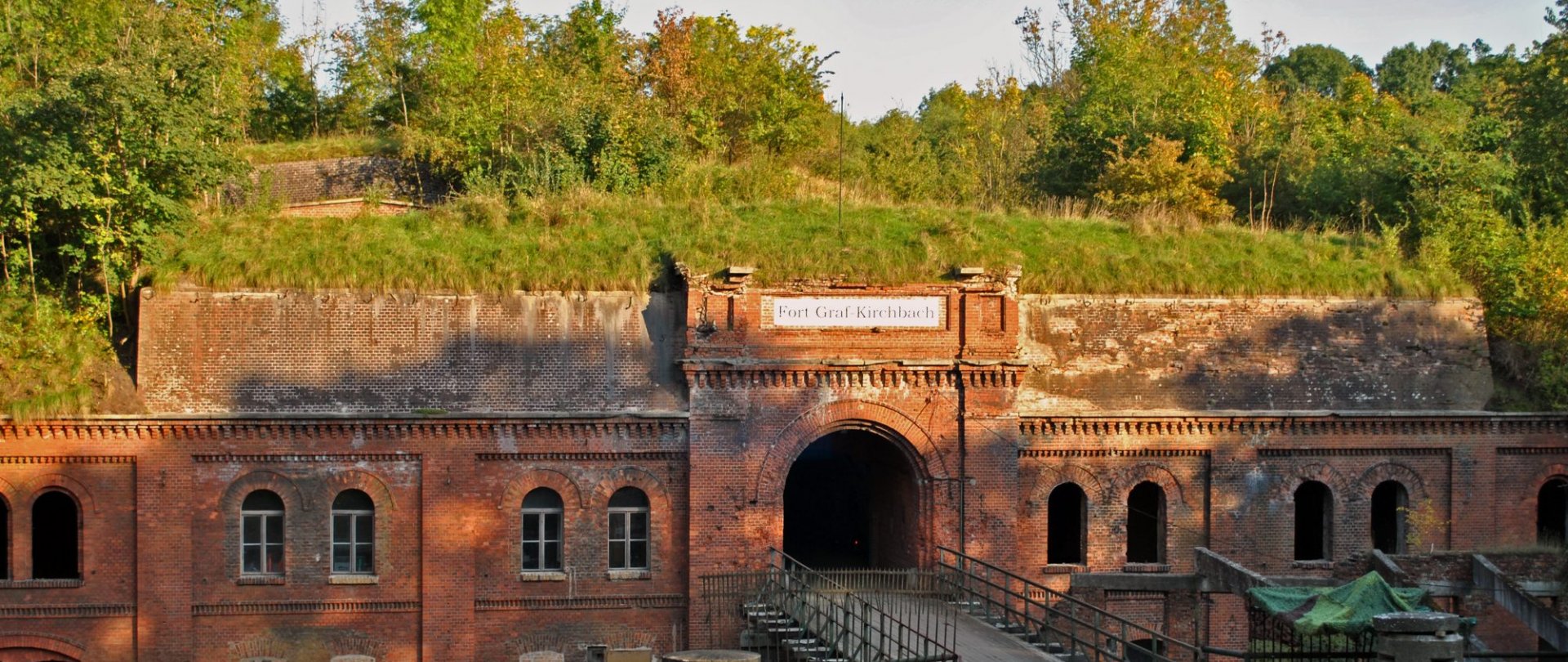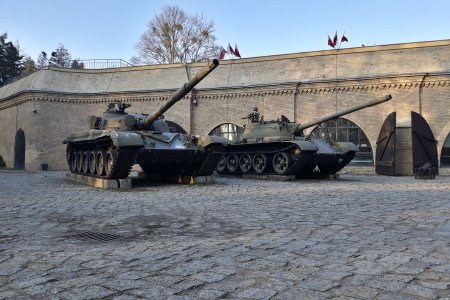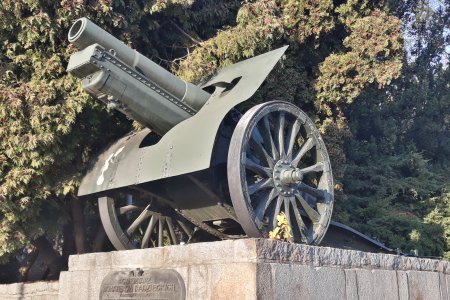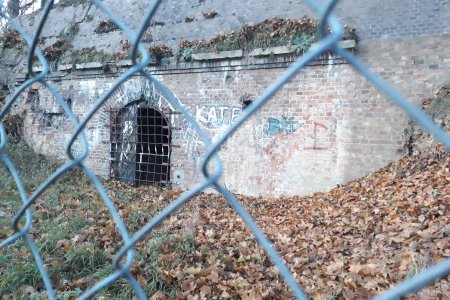Poznań Fortress is a set of unique fortifications in the city of Poznań. First Prussian plans of embattling our city appeared in 1815 but the construction works began in 1823. First fort to build was the main citadel called Fort Winiary placed on Winiary Hill. It was the biggest fort in Europe at that time. After World War II the Fort Winiary was seen as a Prussian monument and eventually the fort was demolished. Currently in that place there is a large public park called Cytadela Park where you can still see some remains of the old fortification. In the park area there are also two military themed museums: Museum of "Poznań" Army and Museum of Armaments.
Fort Winiary isn't the only facility of this type in our city. Forts of Poznań are one of the biggest and best preserved fortifications in Europe. Some of them are open for tours.
Fort III is a former artillery fort and it was built in 1881. It's one of the best preserved forts in Poznań. Upper parts and the undergrounds are both open for tours. In the underground powder magazine it was possible to keep even 35 tons of gunpowder. Fort III is placed within the New Zoo garden at Krańcowa Street 1. To enter to the fort you need to buy a ticket to the zoo too.
Fort IVa was built in 1881 as one of the intermediate forts. Its goal was to support defense of the main forts. After World War II this object was partially demolished.
Fort Va was built in 1890 as another fort supporting defensive actions. In 1939 three additional bunkers were built. Visiting Fort Va is possible only with a tour guide dressed in a historic military uniform.
Fort VII "Colomb" was founded in 1880. During World War II, right after German invasion of Poland, this place was transformed into a concentration camp. It was the first German camp on Polish lands. Camp started functioning in October 1939. This same month an SS chemist August Becker conducted an experimental usage of a gas chamber. It was the first mass execution of civilians by gas chamber in Europe in effect of which 400 patients and staff of psychiatric hospitals died. In 1939 prisoners were executed within only one week after their arrival to the camp. During the whole time of the camp's existence about 20,000 prisoners died in the fort. In 1945 death camp was replaced by a factory producing radio equipment for German military. Currently Fort VII is being used as a museum.




